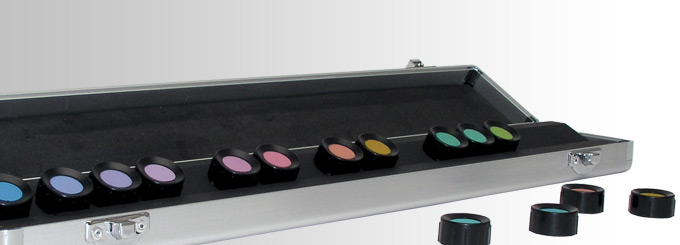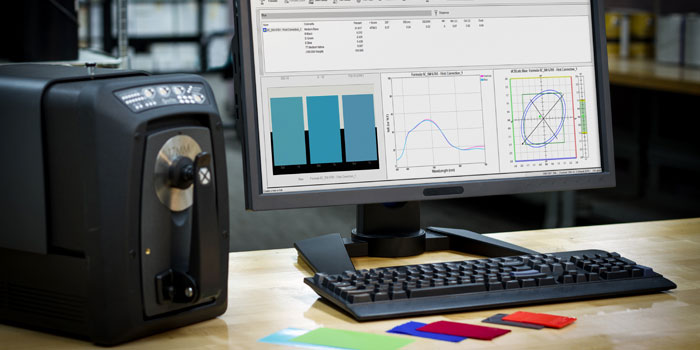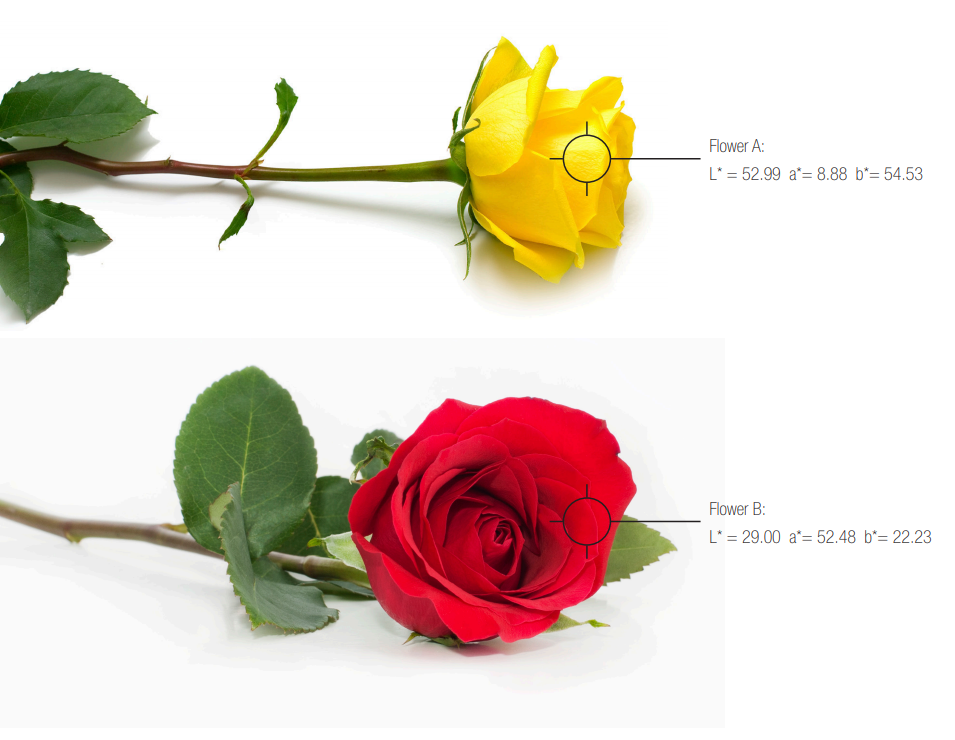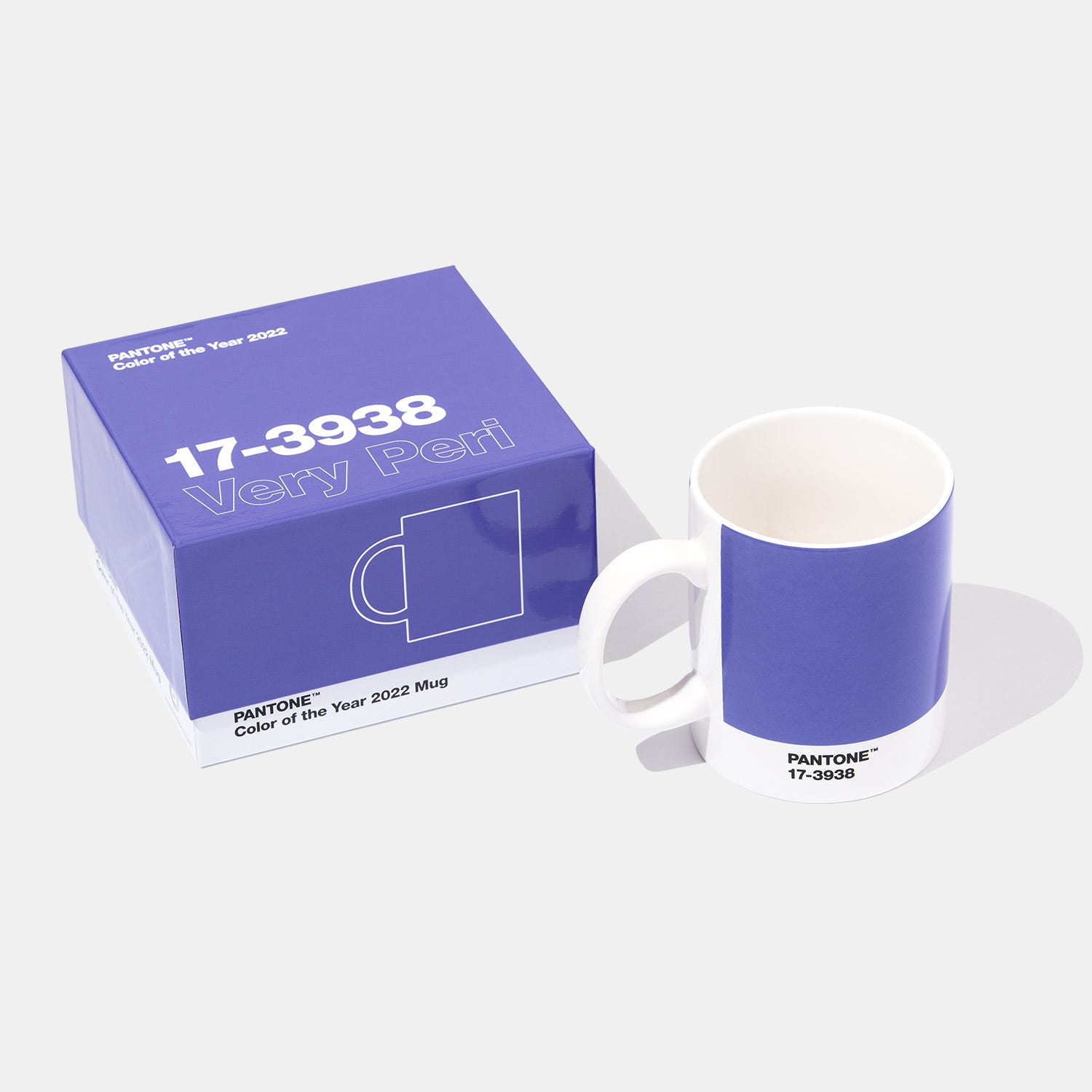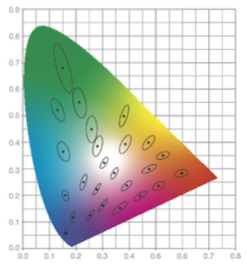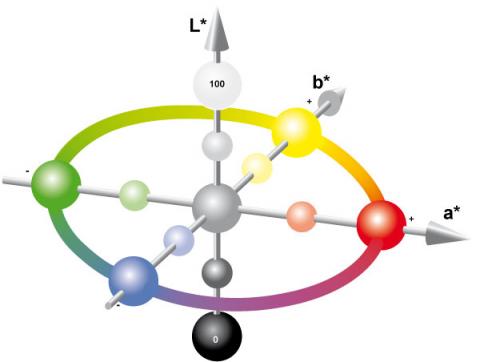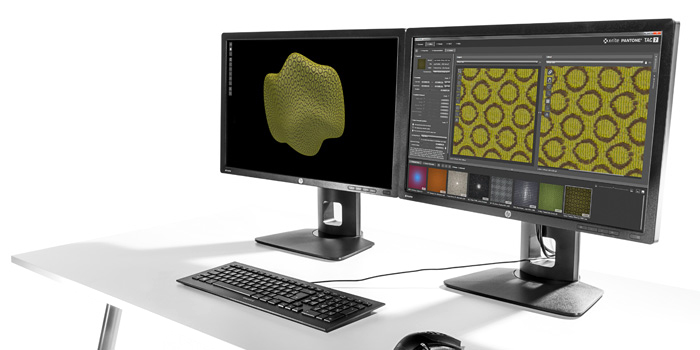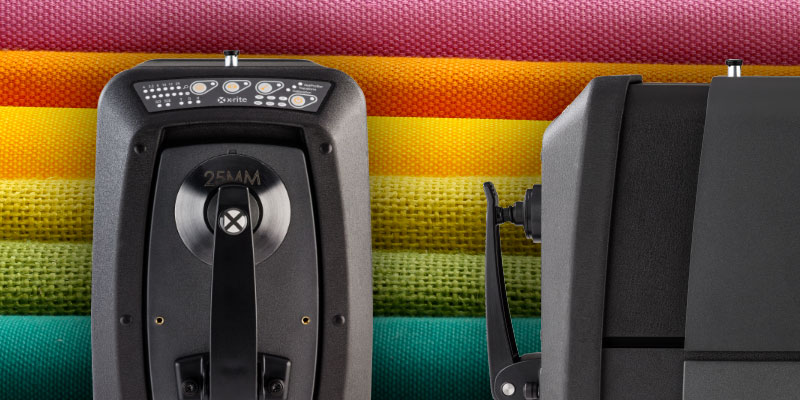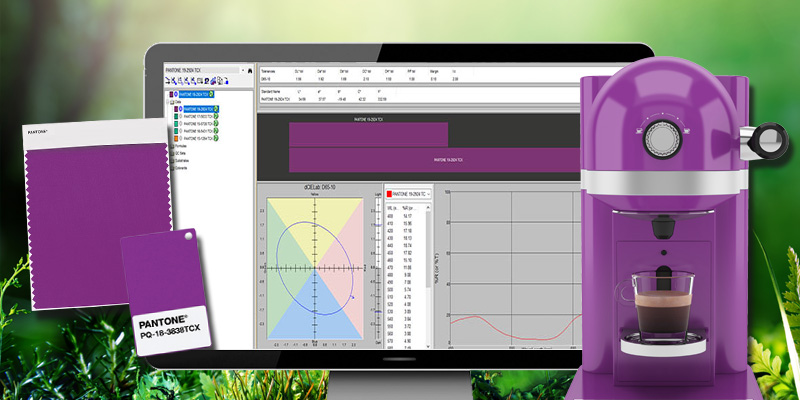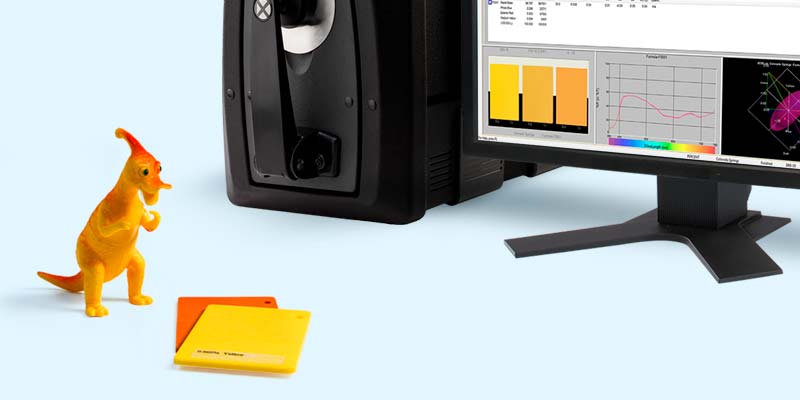A recent amendment to the EU Directive on the restriction of the use of certain hazardous substances in electrical and electronic equipment will remove the current exemption for mercury to be used in a number of types of fluorescent lamps for special purposes by 24th of February 2025. These bulbs are defined under clause 2(b)(4)-I of the EU REACH directive. After the expiration date, the sale of new equipment including fluorescent technology under this exemption will not be allowed in Europe. Th...
Does your quality control program include visual evaluation? If not, it should. Using the SpectraLight QC as part of a color evaluation workflow. No matter your industry, judging color is more than just measuring samples with a color measurement device. Just because a spectrophotometer says your color is within tolerance, doesn’t necessarily mean it will look right to the human eye. To minimize customer rejects, your color control process needs to include visual evaluation in a light boo...
This time of year, the internet is full of Top 10 Countdowns. It’s a tradition we’ve embraced since 1940 when the Billboard published its first chart ranking the top selling recorded songs. Since then, others have jumped on the bandwagon to highlight the most popular trends of the previous year. We’ve been publishing our top-read blogs since 2016, and we’re happy to see some educational topics like color perception, tolerancing, and spectrophotometers continue to r...
It’s important to ensure design intent is realized each time and everywhere a product appears. But with so many variables to impact print quality, how can brands utilize suppliers around the world and still achieve consistent color? Our X-Rite Pantone Packaging Color Experts have designed a series of consulting services and workshops to help you get the most from your print, packaging, plastic or textile value chain. Offered both online and onsite, these interactive sessions i...
With a focus on sustainability, Walmart continues to be a leader in color specification and control. Earlier this year, Walmart notified their apparel and home goods suppliers of a new certification program to combat wasted time and resources and decrease the global impact of a traditional color approval process. Since then, Walmart's Home business unit has seen many updates and enhancements to the color evaluation process to reduce processing time, shipping, and material costs. This has result...
Why Calibrate Your Spectrophotometer? For the most part, today’s color measurement instruments are 100% digital. In fact, there are very few analog components inside, except for the light bulbs. Although they’re more stable than their analog predecessors, their tolerances are much narrower, and they need regular spectrophotometer calibration to stay within these tight specs. Bulb Stability As you use your instrument and the bulb turns on and off, it starts to change its character. S...
You say color is important, but do you know why it’s so important? In reality, color is a critical element in the manufacturing process. Unfortunately, many manufacturers are realizing that getting color right is much harder than it used to be, and the brands they support are asking them to meet tighter tolerances. Here’s why. While advances in color technology – think metallic packaging, pearlescent finishes, custom fabrics and vibrant new colors – entice customers, the...
When customers are just getting started with color management, they often ask, "What is the difference between a spectrometer and a spectrophotometer?". With such a minute spelling difference, it's easy to make a quick typo and get the wrong answer for this color question. So...what's the difference? Spectrometers vs. Spectrophotometers What is a Spectrophotometer? A spectrophotometer is a color measurement device that is used to capture and evaluate color on just about anything, in...
In this series we’ve been discussing the many factors that impact how we see color, and what we can do to ensure the color we see is accurate. Light, retinal fatigue and background effects can influence our perception of color. Today we’ll look at the limitations of the human eye and brain, and talk about how to detect these characteristics, especially for individuals responsible for evaluating and judging color. Are YOU color deficient? Read on to find out. (Spoiler alert: There’s a test at the...
There are many things that affect our ability to see color. In some cases, it doesn’t matter if the red you see is the same shade I see. A barn is a barn, right? But for those who work in an industry where color evaluation is part of the job, it IS important… VERY important. In our color perception series, we’re discussing the many factors that affect how we see color and what colorists can do to ensure that the color they see is the color they are supposed to see. Today we’ll take a closer look...
As the temperature of light changes, so does our perception of color. As I mentioned in our last post, light plays a huge role in the way we perceive color. Today we’ll look at the science of color in manufacturing and photography; specifically how an object’s reflective and absorptive properties and viewing technology can impact the colors we perceive. To reflect or not to reflect… that is the question. The colors an object absorbs and reflects is determined by its material – is it metal, plas...
Benchtop spectrophotometers measure in transmission and/or reflectance mode to capture and quantify color on opaque, transparent, and translucent samples. Reflectance spectrophotometers measure color by flashing light onto the surface of the sample and measuring the percentage of spectral reflectance of different wavelengths at 10 nanometer increments. This blog explains how a spectral reflectance measurement works so you can determine if it will meet your color measurement and quality control ...
How many trial and error steps does it take you to formulate a color? If you answered more than three, it might be time to enlist the help of a computerized solution. Computer-aided color formulation can bring huge benefits to your business. Out of the gate, even beginners can hit color targets faster, saving time, money and expensive colorants. Once you have established an accurate method, you can expect to match 95% of your color formula requirements within a reasonable color distance on the f...
There are many things that affect what we see. Optical illusions aren’t just fascinating; they teach us about how we visually perceive our surroundings. In our Color Perception Series, we shared some of the factors that affect how we see color and the impact it has on manufacturing. In honor of April Fools' Day, we’re taking a closer look at some of the ways our brain, eyes, and the environment can influence what we see. April Fool #1: Your Brain Let’s start with the power of t...
Are your customers rejecting shipments due to incorrect color? Are you identifying color issues during quality control? If your bottom line depends on color accuracy, you need to ensure your spectrophotometer is not the cause. Color drift is a big issue for a lot of companies. Even worse, many don’t even know it’s happening. Here are some ways to make sure your spectrophotometer is operating within specification to always capture accurate and consistent measurement data. Causes of Sp...
Each year we enjoy looking back to see what our customers enjoyed reading. Here are our top blogs and learning resources from 2021. Top Blogs of 2021 Some of these blogs make the top 10 list every year. Do any interest you? Color Perception Part 1: The Effect of Light This first blog in a 3-part series offers a non-technical explanation to the way we perceive color, and the role of light in color perception. How to Calibrate your Monitor in 10 Steps Are ...
Last week Pantone announced the Pantone Color of the Year 2020 - Very Peri (PANTONE 17-3938). The Pantone Color of the Year announcement isn’t just important for designers. Since this color will set the stage for upcoming trends, brand owners should also take notice to capitalize on this trending color. Bring Very Peri to Market, Fast. Is Virtual Design the Answer? The fashion and apparel industry began embracing virtual design years ago. Luxury brands like Louis Vuitton, Burberry, ...
Light booths provide a controlled environment for judging color under different lighting conditions. They can help visually evaluate how different types of light will affect the perception of color, evaluate the color of raw materials before and after production, and ensure different components will remain uniform once they’re assembled. But not all light booths are the same. With NIST traceability and ISO 17025 accreditation, X-Rite offers worldwide competence in calibration, cert...
The best way to visualize how color will react in real world lighting conditions is to use a quality light booth. Traditional light booths contain common illuminants like daylight, incandescent, and fluorescent to replicate how color will look in the retail store and post-purchase in outdoor and home lighting. Today, the increased use of LED lamps in home, commercial, and retail environments is impacting decades of standardized lighting procedures. How LED is Changing the Game LED li...
Color measurement is used to specify, quantify, communicate, formulate, and verify color quality for color critical work. Because everyone perceives color differently, color measurement is more precise than visual evaluation. How to Measure Color Wavelength To measure color, a color measurement device called a spectrophotometer shines light onto a sample and captures the amount of light that is transmitted or reflected in the 380 nm to 780 nm wavelength range, which is the wavelength rang...
Learn about light, reflection curves, optical brighteners, and more. Illuminants Electro magnetic radiation in the wavelength range from 380 nm to 730 nm is seen as light by our eyes. Low wavelengths show as blue light, then the spectrum continues from green to yellow, orange, and red. UV radiation is located in the range below 380 nm; the range above 730 nm is called infrared radiation. The visual impression of a colored body changes by the composition of the incoming light. ...
2020 forced manufacturers to rethink the way they work. Around the globe, COVID put a hard stop on the travel required to approve prototypes and delayed the shipment of physical samples. Many brands started looking for ways to use digital color samples to keep production moving but struggled with the inability to replicate how a color sample would look on a prototype. The PANTORA desktop application closes this gap. With PANTORA, users can capture or import spectral samples and store, manage, vi...
Each year we enjoy looking back to see which blogs captured the most attention. Some make the top 10 list ever year, while others are a surprise. Here's what our readers found most interesting in 2020. Top 10 Blogs of 2020 #1 L*a*b* Color Values Like geographic coordinates – longitude, latitude, and altitude – L*a*b* color values give us a way to locate and communicate colors. Learn the history and uses of this popular color space. #2 &nbs...
COVID-19 has forced many companies to rethink the way they communicate, approve, and produce color. For some, that means trying to conduct “business as usual” from a remote location. For others, it means finding ways to manage color without travel. Either way, we know our customers are doing everything they can to sustain business while keeping their employees healthy and safe. We want to help. Over the past few months we’ve been adding new resources to our virtual resou...
The Pantone Color of the Year announcement is always exciting. Not only does it set the stage for upcoming trends, it also provides brand owners and designers critical guidance for marketing and product development. However, those who are charged with manufacturing products and packaging with trending colors (like 2021's Ultimate Gray and Illuminating) know it doesn’t “just happen.” It takes time and effort to incorporate new colors. Whether you work in paints, plasti...
Black Friday. Not only is it the much anticipated start to holiday shopping, it’s also a day manufacturers have been preparing for all year long. Whether mass-producing holiday cards, candy canes, plastic toys, or festive clothing, accurate color is a must. Manufacturers can’t ship two of the same toy if they won’t match on the showroom floor, and holiday sweaters that are a shade off will end up at a discount store instead of a fashion boutique. Perfection is especially import...
To establish a successful quality control program, you need good instrumentation, robust software, and trained users. But even with everything in place, there are some common pitfalls to watch for when using a spectrophotometer to analyze color quality. Measuring plastic parts with the X-Rite Ci7800 benchtop spectrophotometer. Top Five Color Measurement Pitfalls 1. Bad Standards and Samples Physical standards and samples don’t last forever. Careless handling and dirty devices can ...
Whether you’re producing textiles, automotive parts, or plastic pieces, color needs to remain consistent or the final product will be rejected. Unfortunately, there are many ways for color errors to creep in during manufacturing. Creating and using accurate digital color standards is one way to combat these errors. Digital color standards can be used in software to specify and communicate color, formulate colorants and raw materials, and control color quality. They give brand owners peac...
As the industrial plastics market grows increasingly competitive and demands more sustainable practices, manufacturers need new ways to formulate and produce accurate color faster, with less waste. Digital color standards are one of the most effective tools to bridge this gap. They also enable color work and communication from remote locations. With digital color standards, brands and designers can set clear expectations with supply chains. In turn, suppliers can achieve color goals wit...
Whether you work with plastics, coatings or textiles, you must consistently achieve in-tolerance color or your product could be rejected before it even makes it to the shelf or showroom. This is especially true for brands that rely on off-site suppliers and manufacturers for raw materials and parts that come together at assembly, such as the plastic dashboard, fabric seats, and coated interior panels of a car. Even if each site produces in-tolerance color, it must be monitored an...

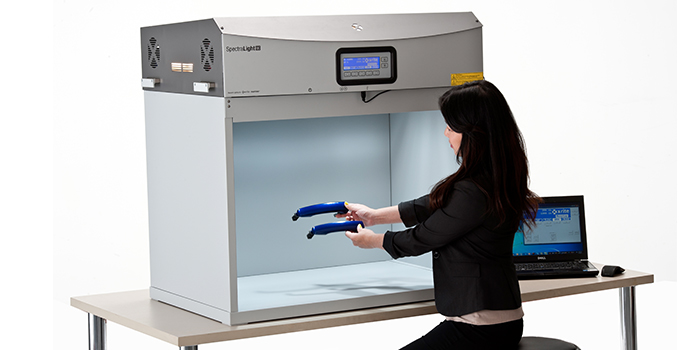
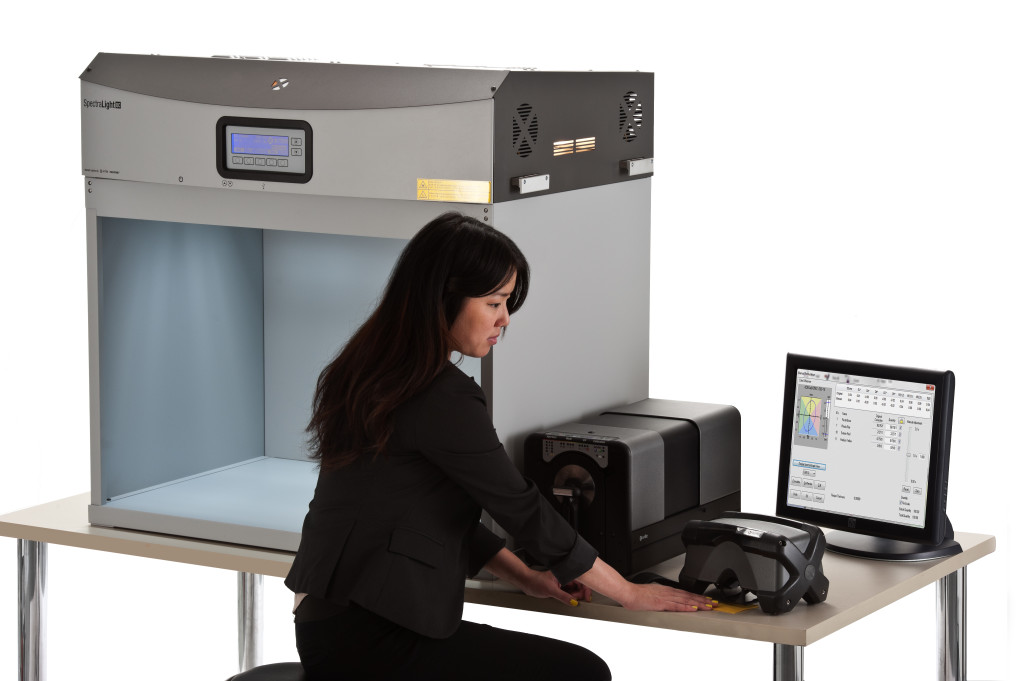
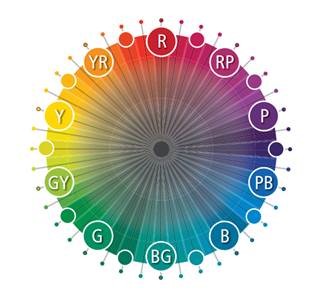
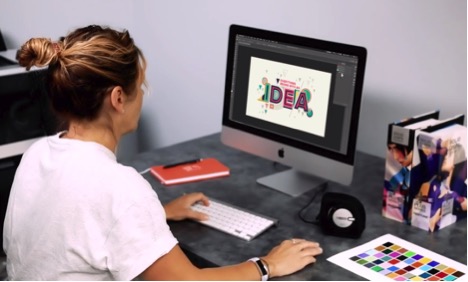


.jpeg?h=285&la=en&w=400&hash=6F4520F30E11DA92838E11C8E55C4BFB32664563)

